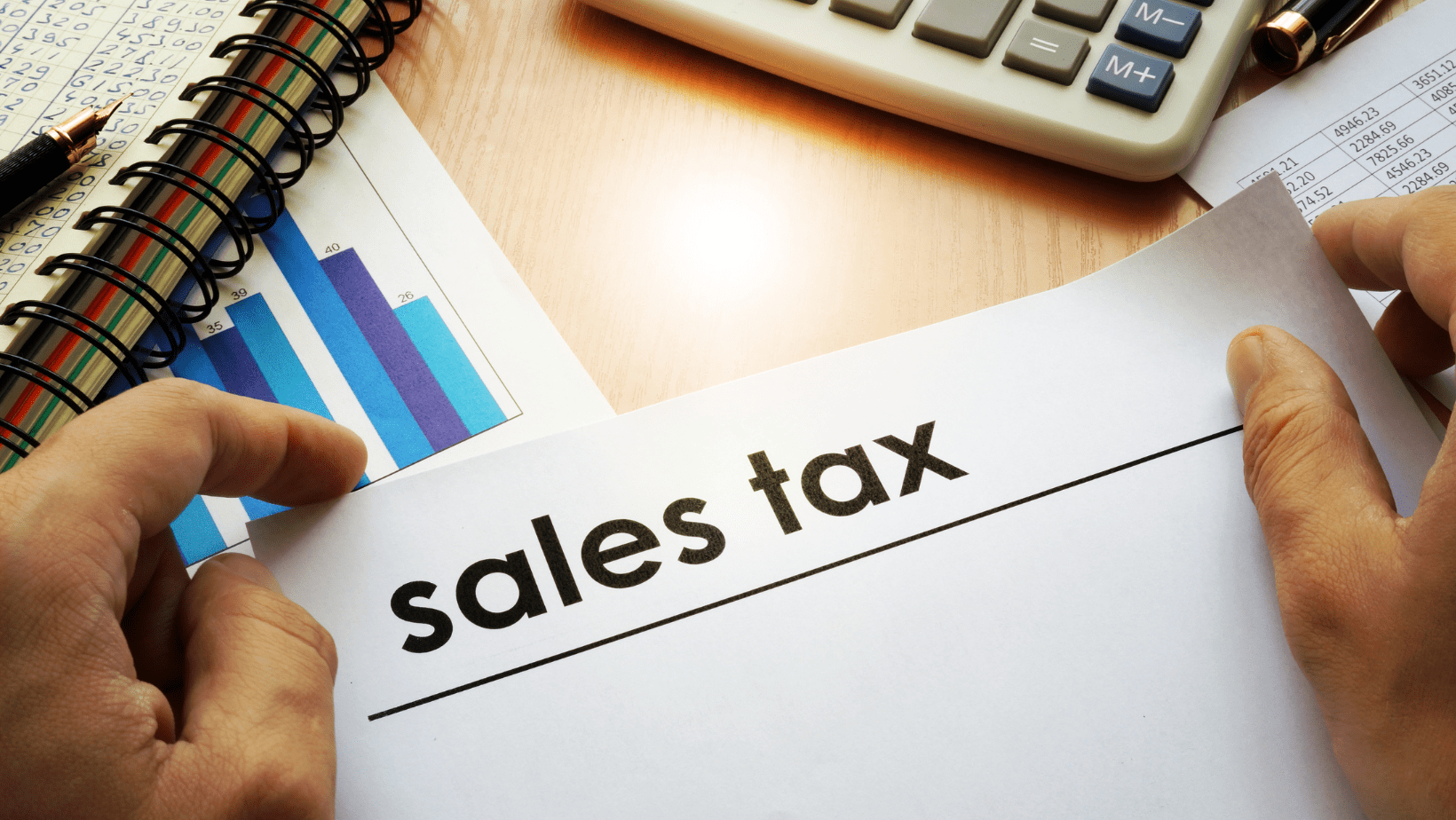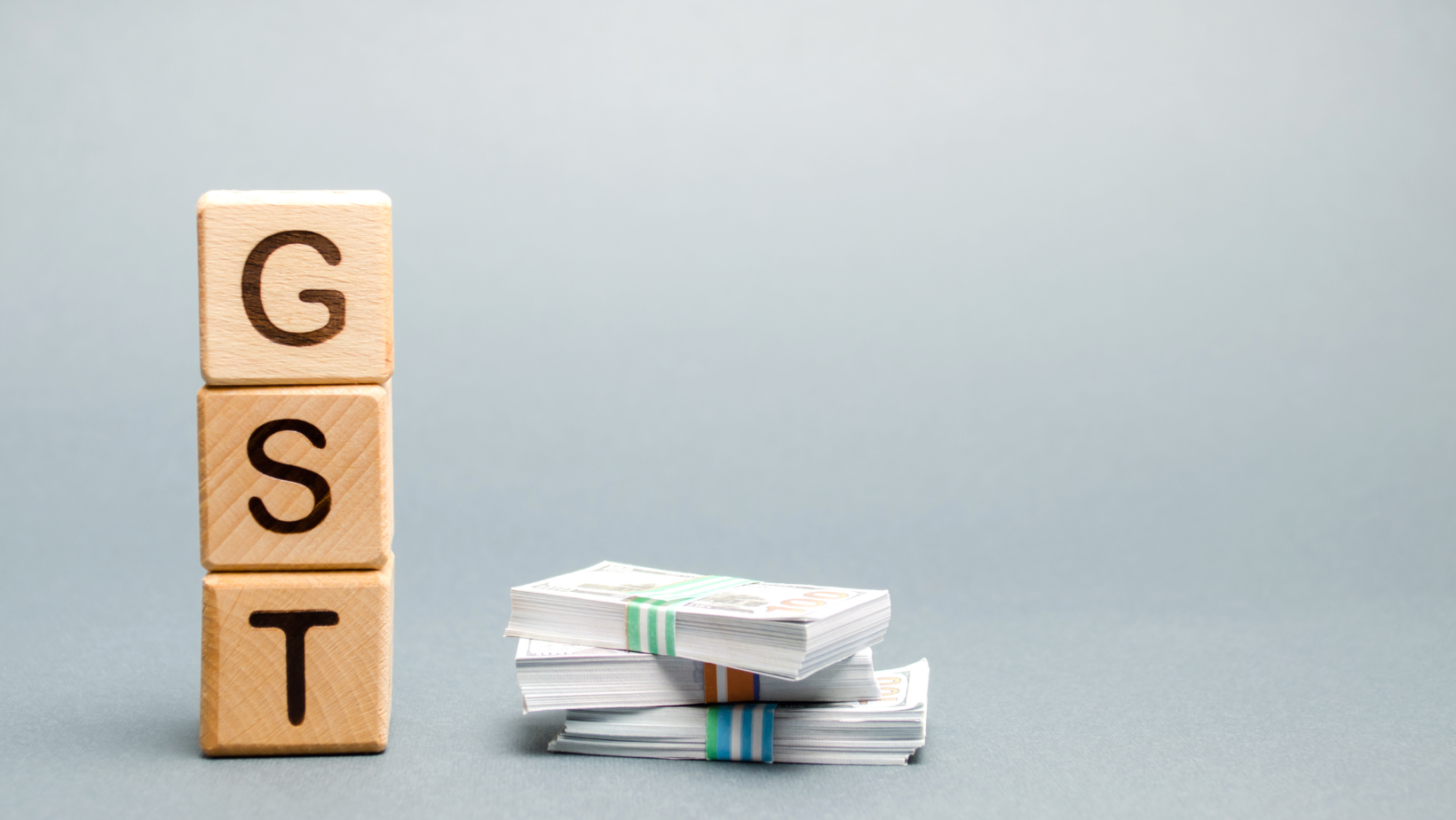
When it comes to sales tax, California is known for having some of the highest rates in the country. But why is this the case? What factors contribute to the state's sales tax rate? And how does it impact businesses and consumers alike?
In this article, we'll delve into all things related to the sales tax in California. From its history and current rates to how it compares to other states and its economic impact, we'll cover everything you need to know about this important aspect of doing business in the Golden State. Let's dive in and learn more!
California was one of the first states to implement a sales tax in 1933. At the time, it was set at just 2%, but over the years, it has steadily increased and now stands at an average rate of 8.66%. The highest local tax rate can be found in Long Beach, where consumers are paying a staggering 10.25% sales tax.
With the rise of e-commerce, California has also implemented a use tax for out-of-state purchases, further adding to the state's revenue from sales tax. While the constant increase in rates may not be popular among consumers and businesses, it has been a necessary part of funding various programs and services within the state. And with California being one of the most populous states in the US, it's no surprise that sales tax has become a major source of revenue for the state government.

There are several factors that contribute to California's high sales tax rate. Here are some of the most notable ones:
State and local government expenditures play a significant role in determining California's sales tax. As the state with the highest population in the U.S., California has a hefty responsibility to provide public services, from maintaining infrastructure and ensuring public safety to offering public education and healthcare services. The funds for these services predominantly come from the state's sales tax revenue.
For example, consider California's public education system. The state boasts one of the country's largest public school systems, with over 6 million students in over 10,000 schools. Running such an extensive system requires substantial funds for teacher salaries, school maintenance, educational programs, and more. This expenditure contributes to the high sales tax rate. So, when making a purchase in California, remember that a portion of what you're paying contributes to the state's commitment to offer quality education to millions of students.
The high cost of living in California is no secret. The state consistently ranks among the top 10 most expensive states, with housing costs a major contributing factor. This high cost of living also extends to consumer goods, as businesses must charge higher prices to cover their expenses.
As a result, California sales tax rates are often increased to offset these added costs and ensure businesses can still generate a profit. For example, a recent study found that the average cost of groceries in Los Angeles is 31% higher than the national average, undoubtedly reflected in the city's sales tax rates. This high cost of living impacts consumers and pressures businesses to keep up with rising expenses, ultimately contributing to California's high sales tax rate.
While tourism brings in a significant amount of revenue for California, it also plays a role in determining the state's sales tax rate. With millions of tourists flocking to popular destinations like Los Angeles, San Francisco, and San Diego each year, the state relies heavily on this sector for economic growth. With an average sales tax rate of 8.66%, tourists contribute significantly to the state's overall revenue.
However, there is also an argument that high sales tax rates can deter tourists from visiting California and spending money on goods and services. This is especially true for international tourists, who may be more sensitive to price differences due to currency exchange rates. As a result, striking a balance between attracting tourists and generating revenue can be tricky for the state.
In 1978, California voters passed Proposition 13, a landmark tax reform that limited property taxes and required a two-thirds vote for future tax increases. While this did provide some relief to homeowners, it also shifted the burden of funding local government services onto sales taxes. This measure effectively made sales tax the primary revenue source for state and local governments, increasing its importance and impact on California's economy.
Proposition 13 also resulted in disparities in sales tax rates across the state. Local governments began implementing higher sales tax rates to fund their services as they sought to make up for lost property tax revenue. This has led to a patchwork of rates throughout the state, with some areas paying much higher taxes than others.
California's sales tax rate is subject to frequent changes due to various legislative and ballot measures that affect the state's budget and spending priorities. For instance, in 2012, voters approved Proposition 30, which temporarily raised the state sales tax by 0.25% to fund education and public safety programs until 2016. However, in 2016, voters passed Proposition 55, which extended the sales tax increase until 2030 to support education and healthcare programs. These measures show how California's sales tax rate can vary depending on the state's fiscal needs and the voters' preferences.
According to the California Department of Tax and Fee Administration (CDTFA), the current statewide sales and use tax rate is 7.25% as of July 1, 2023. However, this rate does not include the local district taxes imposed by many California cities and counties. These district taxes can range from 0.10% to 1.00%, and some areas may have more than one district tax in effect. Therefore, consumers' total sales tax rate may differ depending on their location within the state. The CDTFA provides a tool to look up the current sales and use tax rate by address and a list of historical and prior tax rates by city and county.

High sales tax rates can also impact consumer behavior, leading to several consequences that can further increase the sales tax rate. Below are some common examples:
Cross-border shopping is a common phenomenon in California, considering its proximity to Mexico and the state's high sales tax rate. Consumers often travel to neighboring states or countries with lower sales tax rates to make tangible personal property purchases, leading to lost revenue for local businesses and the state government. For instance, residents of San Diego may regularly cross the border into Tijuana, where the sales tax rate is only 8.5%, compared to the county's 7.75%.
This can hurt local businesses and increase sales tax rates as they try to compensate for lost revenue. Additionally, cross-border shopping can also lead to a loss of jobs in the retail sector within California, as consumers choose to purchase goods from other states or countries with lower taxes.
With the rise of e-commerce, online shopping has become a significant factor in consumer behavior. However, this has also created challenges for states like California when collecting sales tax from online retailers. Only businesses with a physical presence in California must collect sales tax.
This means that many out-of-state online retailers are not required to charge sales tax, giving them a competitive advantage over local businesses. In an effort to level the playing field, California has implemented fee administration laws such as the "Amazon Tax," which requires online retailers to collect and remit online sales taxes if they have affiliates in the state. However, these tax-exempt measures may not fully address the issue of lost revenue from online shopping.
High sales tax rates can also shift consumer preferences toward purchasing goods and services subject to lower or no sales taxes. Consumers may buy used items instead of new ones, as second-hand goods have no sales tax. This can hurt businesses that sell new goods and ultimately result in a loss of revenue for the state.
High sales tax rates can also drive consumers to purchase goods and services not subject to sales tax, such as groceries. This shift in the consumer behavior can significantly impact the state's revenue from sales taxes, leading to potential budget deficits and further increases in the sales tax rate.
In addition to the potential impact on local businesses and consumer behavior, high sales tax rates can directly affect individuals' disposable income. Disposable income refers to the money a person has to spend or save after paying taxes. When sales tax rates are high, consumers may have less disposable income available for other purchases or savings. This can lead to reduced overall consumer spending and potentially harm the economy.
If a family in California struggles to make ends meet due to taxable sales, they may choose not to purchase certain goods or services subject to paying sales tax. This can have ripple effects on businesses that rely on consumer spending, potentially leading to job losses and further economic strain. It is essential for policymakers to carefully consider the impact of sales tax rates on disposable income and take measures to balance budget needs while also supporting consumer spending and economic growth.
High sales tax rates can also lead to an increase in tax evasion. When consumers feel that a sales tax rate is too high, they may be more likely to try to avoid paying it. This can take the form of purchasing goods from out-of-state retailers, underreporting taxable purchases, or participating in other illegal activities to reduce their tax burden.
Tax evasion results in lost revenue for the state and creates an uneven playing field for businesses following tax laws. This can lead to further budget deficits and potentially higher sales tax rates as the government tries to make up for lost revenue.
Tourism is a significant source of revenue for California, with millions of people visiting each year for business and leisure. However, high sales tax rates can deter tourists from spending money in the state, especially when they can travel to neighboring states with lower tax rates.
For example, a tourist visiting Los Angeles may purchase in cities like Las Vegas, where the sales tax rate is only 8.38%, compared to LA's 9.5%. This can result in lost revenue for local businesses and the state government and a potential decrease in tourism-related jobs.
High sales tax rates can also make it challenging for small businesses to thrive and survive. When businesses must collect and remit high sales tax rates, higher prices may pass this burden onto consumers. This can make small businesses less competitive against larger corporations, decreasing sales and potential closures.
Small businesses also have fewer resources to navigate complex sales tax laws and regulations, making them more vulnerable to audit penalties and fines. This can further strain their finances and potentially lead to closure. As small businesses are an essential part of the economy, it is crucial to consider the impact of sales tax rates on their operations and take measures to support their growth.

While high sales tax rates can have negative consequences, maintaining a fair and balanced sales tax rate can bring several benefits to California. A fair rate means finding the right balance between generating revenue for the government and supporting economic growth and consumer spending. Here are some benefits of a fair sales tax rate:
A fair sales tax rate can lead to increased revenue collection for California. When sales tax rates are too high, consumers may choose to purchase goods and services from out-of-state retailers or engage in tax evasion, resulting in lost revenue for the state. However, by balancing generating revenue and supporting economic growth, a fair sales tax rate can encourage consumers to purchase within the state, increasing revenue collection. This can also lead to a more stable and predictable source of income for the government, helping to fund essential services and programs.
It can also help reduce budget deficits that may arise from high tax rates or decreased consumer spending. Policymakers can establish a sales tax rate that maximizes revenue collection by carefully considering and balancing various factors such as consumer behavior, disposable income, and tourism.
Locally-owned businesses play a vital role in the economy of California. They create jobs, support communities, and contribute to the state's economic growth. A fair sales tax rate can help these small businesses thrive by making their products more competitive against larger corporations. When consumers have more disposable income due to a balanced sales tax rate, they are more likely to shop locally and support small businesses in their communities. This can increase sales, job growth, and economic prosperity for California's local businesses.
A fair sales tax rate can also help level the playing field for small businesses by reducing the burden of collecting and remitting taxes compared to larger corporations. This allows them to focus on operations and growth rather than navigating complex tax laws.
Consumer spending is a crucial factor in economic growth, and a fair sales tax rate can encourage it. When consumers have more disposable income due to a balanced sales tax rate, they are more likely to spend on goods and services within the state. This increased consumer spending can lead to job growth, business expansion, and overall economic prosperity for California. It also creates a positive cycle where businesses can invest in their growth, leading to more job opportunities and higher consumer spending. This cycle can continue to support economic growth and stability for the state.
In addition, a fair sales tax rate can also have a positive impact on low-income households. When tax rates are too high, it disproportionately affects those with lower incomes as they spend a higher percentage of their income on taxable goods. By balancing the sales tax rate, these households can have more disposable income to support their basic needs and improve their financial stability.
We care about your data — privacy policy.